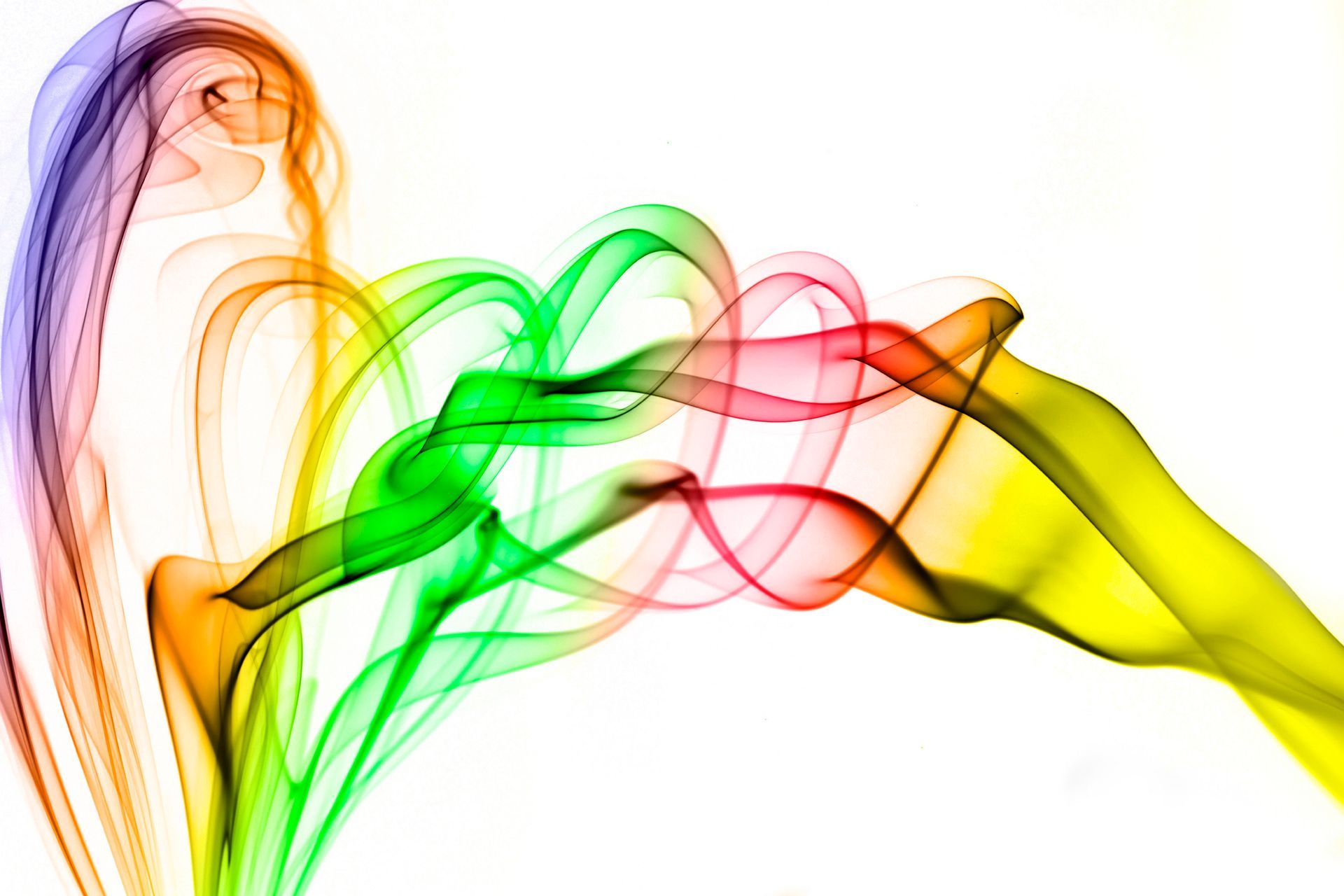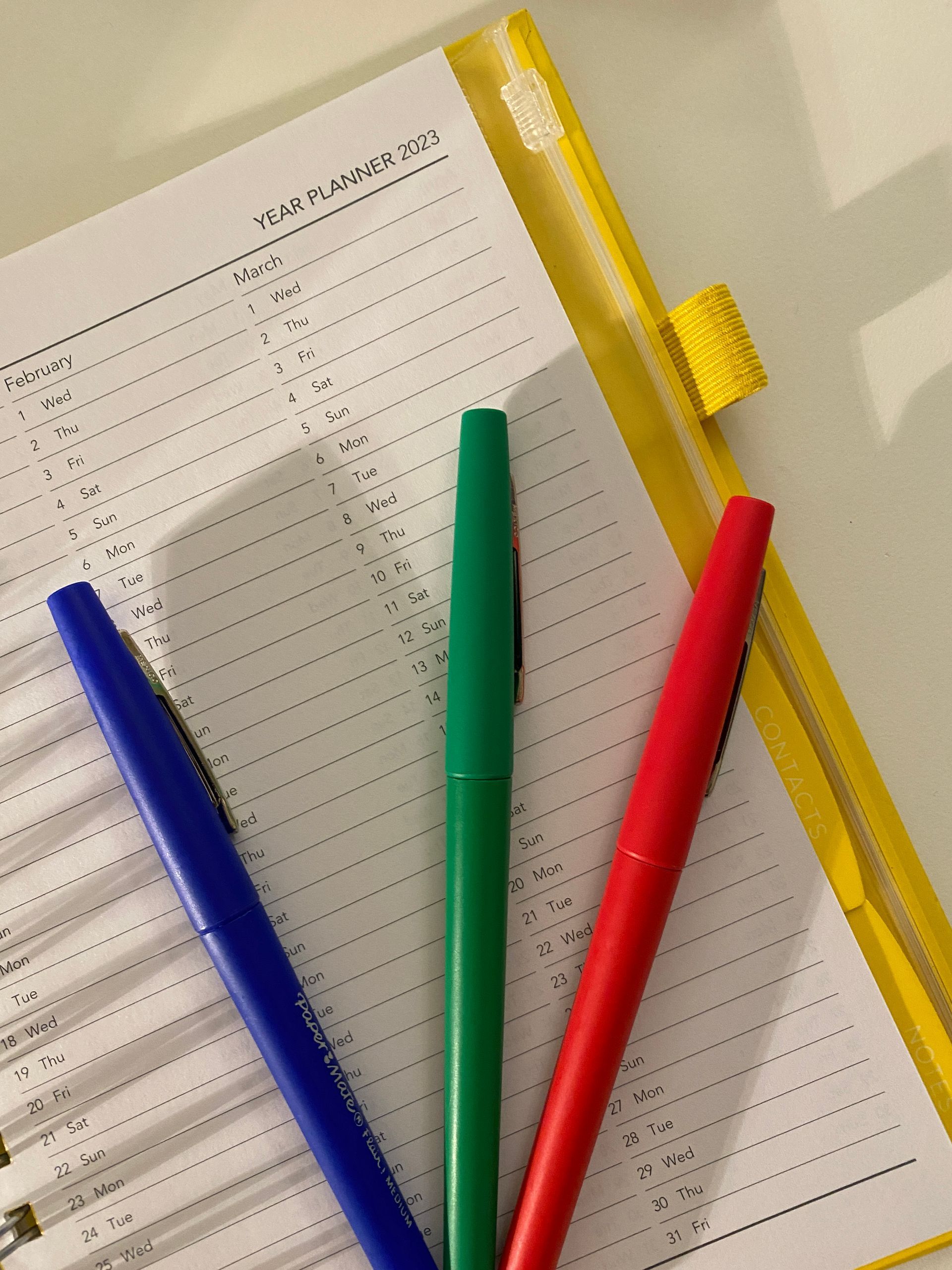Motivation levels & Gaming
Games are designed around the basis of DDA (dynamic difficulty adjustment) the balance between ability and challenge.
What is the comparison to motivation, are we in a flow state when we get the perfect level of capability and challenge.
When you are gaming they talk about levels of immersion:-
- engagement
- engrossment
- total immersion
In organisations we talk about employee engagement and almost think this is enough, however the conversation at one to ones needs to be around specific projects and levels of immersion. Understanding a team member was engrossed or having a chat around what total immersion might look like.
Motivation is described as entering a flow state and this is what gaming does for the player, takes them somewhere else. It can be a journey away from boredom or anxiety or to pure elicit enjoyment. Gaming is often associated with relaxation and escapism.
Often games are set up with static difficulty where the player has to make the decision on the level of difficulty before the game starts. Individuals do this in work, putting themselves forward for roles or not putting themselves forward. Managers need to identify potential to push team members forward so that they are not held back by their own decisions on their capabilities.
Ideally the gaming industry know there is a fine balance of Dynamic Difficulty and Static Difficulty. To retain the players engagement they have to feel that they made the choice, but they want to be immersed and in the game by the challenge.
Think about your team members and decide how many choices they have and how much challenge they need.
Please do ge t in touch for a team 90 minute workshop or one to one coaching bev@nuggetsoflearning.co.uk












